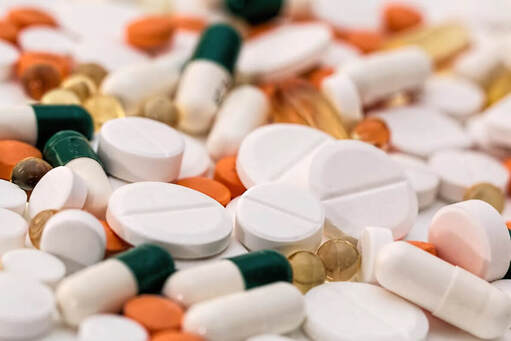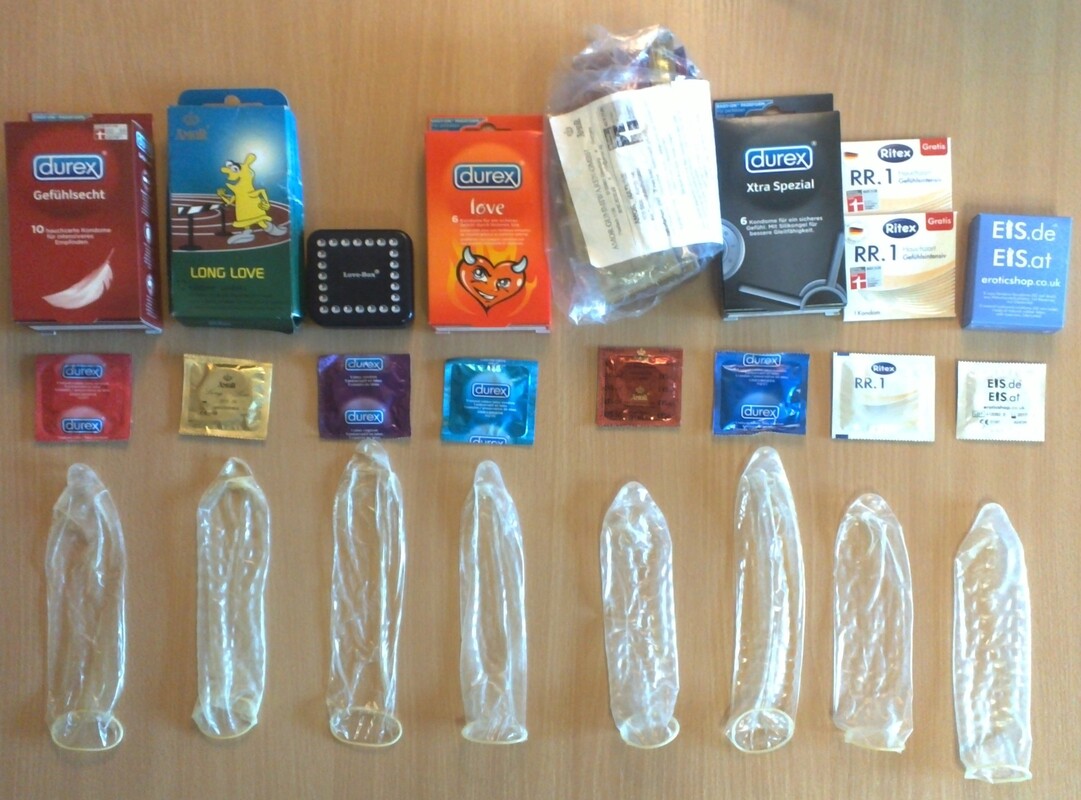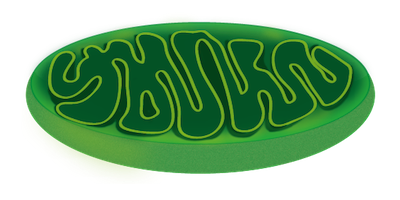|
(Image courtesy of Pixabay) Each year, there are over 120 million unintended pregnancies experienced around the world, while the global population increases by over 80 million people. This constant human population growth has already translated to multiple significant challenges around the world, and will continue contributing to increased ecological degradation, conflict, climate change, natural disasters, global pandemics, and more. It is a reality that negatively impacts all of us. Consider this: unintended teen pregnancies in the United States are estimated to cost American taxpayers over $9 billion annually.
(Image courtesy of K. D. Schroeder) Vasectomy is a surgical procedure for male contraception. It is intended to be a permanent form of contraception and, along with condoms, is one of the only methods of birth control available for men.
(Image courtesy of Corode) A condom is a barrier device used during sexual intercourse to reduce the probability of pregnancy or a sexually transmitted infection (STI), and there are versions for both male and female users. A barrier device, or barrier method, is something that helps prevent pregnancy by blocking sperm from reaching and subsequently fertilizing the egg.
(Image courtesy of: DBCLS 統合TV, CC BY 4.0) Mitochondria are known as the powerhouses of the cell as they are responsible for cell respiration (the process which produces energy). Their most prominent function is to generate adenosine triphosphate (ATP), the energy currency of cells.
(Image courtesy of Jynto) Adenosine triphosphate (ATP) is the primary energy storage molecule used to activate the reactions needed for growth and reproduction by all living organisms. It is an organic compound consisting of an adenosine molecule bonded to three phosphate groups, and it is present in all living tissue.
(Image courtesy of Aethyta, Public domain, via Wikimedia Commons) Testosterone is the primary sex hormone in males and is responsible for the development of male reproductive tissues (e.g., the testes and the prostate), as well as secondary sexual characteristics such as increased muscle mass and the growth of body hair. It is found in men and women, and is integral in regulating health and well-being, including maintaining bone mass.
(Image courtesy of Nephron, CC BY-SA 3.0) Seminiferous Tubules are located in the testicles, the two oval-shaped organs on either side of a male’s penis. There are around 800 seminiferous tubules in each testicle, and this is where meiosis and subsequent development of spermatozoa occurs. In a mature adult male, each of these tubules creates thousands of sperm every second.
(Image courtesy of Henry Vandyke Carter, Public domain, via Wikimedia Commons) The seminal vesicles or seminal glands are two tube-like glands located between the bladder and the rectum, behind the prostate. Each vesicle consists of a 3-5 cm coiled tube containing multiple pouches.
|
Categories
All
Archives
June 2024
|
|
|
Donate to Male Contraceptive InitiativeYour generous donation makes a difference!
|
© Male Contraceptive Initiative. All rights reserved.









 RSS Feed
RSS Feed
